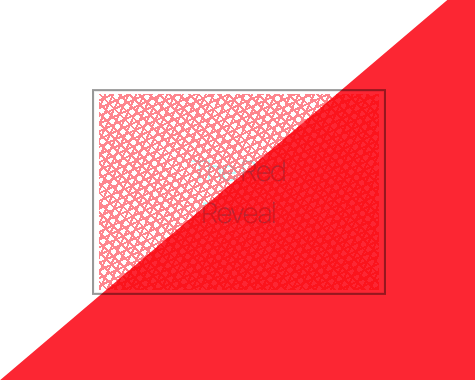“Growing up, my family played a lot of board games. Several […] included […] a red lens and cards with obscured text. When you put the red lens over the card, the text would magically appear.” This hits close to a board game I used to play myself, Jumanji, which featured a similar gadget. Great trick! |  |
|
Pablo goes over the steps that were required to distribute Ethereum ERC20 tokens to 40,000 subscribers through an “airdrop” mechanism that transfers 250 POLY tokens to a bunch of ERC20 addresses, using Node.js. |
|
Collaborate on design socially with resolvable image discussions within the same repositories you collaborate on code. |
|
“React and D3.js are great tools to help us deal with the DOM and its challenges. They can surely work together, and we are empowered to choose where to draw the line between them.” |
|
Mark explains how and why they ship system fonts natively available to their consumers. Incidentally, we arrived at many of the same conclusions at Elastic, shipping and relying solely on system fonts across most of our products. |
|
Chris discusses complexity. What it is, why it creeps, and how it’s seeping into the front-end of the web. |
|
Join our Product team in Sofia |
|
“The Twelve-Factor App” was one of my favorite resources when I first started writing Node.js applications, and it helped shape the way I think and reason about open-source. Chris wrote an interesting article here, where he applies the teachings of The Twelve-Factor App to the paradigm of serverless architectures. |
|
“Mr. Aleph” – entertaining as ever – dissects a codebase, tinkering with performance optimizations in native JavaScript. |
|
This 500-page eBook is a complete guide to the current, modern Object Pascal programming language by Marco Cantu. Get your eBook today! |
|
There are a lot of different ways in which you can style your React applications, what should you use? |
|
Josh shows how to use CSS Grid to improve layouts that need to respond and adapt to user interaction and changing conditions. |  |
|
|



Comments